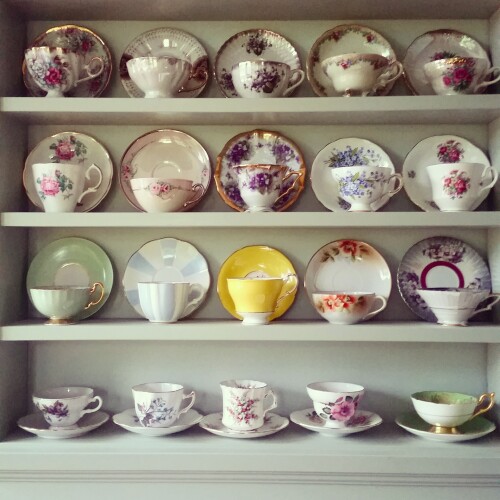If you want to truly enjoy the holidays and not just operate in survival mode, take some advice from Santa Claus himself, who’s known for “Making a list and checking it twice.”
While you could potentially remember everything that needs to get done and also smoothly delegate along the way, why would you do that to yourself when you could plan it out and recycle and update those plans year after year? You wouldn’t be the first person to wing it and then gasp when they realize they’re missing a particular gift, key ingredient, or even the tickets to the annual holiday lights show that they never miss.
Today in ARTIcles by Artifcts, we’re sharing tips from the pros in hopes of keeping your holiday season merry and bright.
The following is based on the Fall 2023 Evenings with Artifcts episode featuring C. Lee Cawley of simplify YOU, Jill Katz of One to Zen Organizing, and Samara Goodman of Samara Interiors. If you prefer to watch the Evenings conversation, pop over to YouTube now.
__________________
Shift Your Frame of Mind and Start with Clear Goals
The holiday season is filled with micro changes to your routines and your home, which can make even the most laid back among us a bit stressed out and edgy, Jill told us. While Jill specializes in organizational services for neurodivergent people, you’ll discover her strategies and tools can keep us all in the holiday spirit.
WHERE IS YOUR MIND AT ON ALL THINGS HOLIDAYS?
To counteract feelings of frustration and anxiety, Jill suggests shifting your frame of mind about the lead up and the moments that make up your holidays in two key ways:
First, embrace that preparation is part of the holiday fun. Give yourself the space during the weeks ahead for prep activities like:
-
-
- Choosing gifts thoughtfully, not frantically
- Hand writing notes on holiday cards
- Planning menus that come together to light up everyone’s taste buds
- Creating music playlists
-
Second, absolutely avoid urges for perfection. Take a step back and remember why you are doing all this to start with and breathe. What do you want to remember about this holiday one year from now? Five years from now? We bet it’s about how you felt, not whether that centerpiece matched Martha Stewart’s design or that cake looked as good on your table as it did for Ina Garten.
WHAT WILL SUCCESS LOOK LIKE FOR YOU?
Now let’s consider your goals for the season. Are your holiday plans designed to guarantee more family time? Are you seeking to create a new holiday tradition this year?
To reach your goals and avoid madly racing thoughts that will detract from what’s important, track your holiday routines and to-dos. This will also help you to avoid starting from scratch next year. While you might like a pad of paper or digital note, hands down our panel recommends digitally accessible and customizable spreadsheets.
Before you decide spreadsheets are too intense or complicated, hear us out. A spreadsheet lets you simply list out your to-dos based on when they need to be done, e.g. 4 weeks out, 3 weeks out etc., so you can keep track of the multitude of tasks and subtasks that are part of your holiday routine.
Common holiday to-do items from our panelists’ own spreadsheets:
-
-
- Taking out and putting up decorations
- Buying tickets for a holiday event
- Planning the menu and its corresponding shopping list
- Ordering custom holiday cards (and noting the “no later than” date for getting them mailed)
- Gathering or buying materials related to annual traditions
- Making any needed repairs around the house before guests arrive
- Choosing and selecting a hostess gift for parties you’ll attend
- Tackling cleaning tasks big and small
- Pressing tablecloths and napkins
- Buying flowers for the table or around the house
- Ordering items that will sell out early or have shipping timelines that could threaten your fun
-
Creating a Welcoming Space
Hosting this year? Great. We’re ready with tips for you.
PAPER CLUTTER
As the holiday season begins, get a strategy in place for one of the top sources of holiday clutter: paper! We’re talking about cards and flyers, donation requests from charities, and holiday cards, too.
C. Lee suggests buying or repurposing a decorative bin (with a lid) that you don’t mind setting out in your space to catch all the incoming catalogs and other generic mail. “But have a second box just for holiday cards that you do not want miss and may also include checks, cash, or gift cards.”
You’ll also likely generate some necessary paperwork during the holidays that C. Lee recommends you place into a durable labeled folder. What might this include? Copies of travel documents and itineraries, last year’s holiday card (to help you decide on this year’s), gift lists and ideas, receipts, and more.
ALL THINGS HOLIDAY
Clutter aside, let's move on to holiday decor and more! As an interior decorator who naturally embraces many principles of home organizers, Samara suggests that in decorating for the holidays and preparing for guests you think about all five senses.
“Often people think about what the room looks like, and what the menu will taste like, but what about touch? Cozy blankets and that feeling of warmth around you can be so inviting. As for sound, music sets the tone, ranging from upbeat and playful to quiet and calming, and helps you to transition through an event, too. And smell can go beyond your menu. Keep a pot of simmering mulled cider on the stovetop to evoke memories and warmth. And use cloves and cinnamon sticks to fill a decorative vase.”
Samara also favors natural decorations that are compostable, inexpensive, and reusable. You can check out ideas from her here. A simple glass hurricane with a white pillar candle can be filled with red and green candies during the winter holidays, sand and shells in the summer, and acorns or lentils in the fall. Likewise, you do not need a Christmas bowl. An elegant neutral bowl of clear glass, bronze or silver, or smooth wood can grace your home during any season or occasion. Just add festive ornaments at Christmas and enjoy!
GUESTS WHO WILL SPEND ONE NIGHT OR MORE
If guests are coming to stay, you can easily discover online list upon list of items that you may want to have out and about to make your guests feel at home. Some things are small and easily done if you think of it, such as a small sign with your wi-fi password in a high traffic location as well as by their bedside.
Other things you maybe already have and/or do by routine anyway. Our favorites:
-
-
- Laying out a sleep mask in case the sleep space is brighter than in their home
- Providing a fan or sound machine in their bedroom
- Clearing closet space and adding spare hangers along with a luggage rack
- Placing a carafe or similar for water in their bedroom
- Topping up or replacing basic toiletries
-
C. Lee also suggests repurposing wine glass tags for regular coffee mugs and glasses to avoid stress and confusion as to which glass belongs to which guest (and reduce dishes). And we also love her suggestion to leave out a note along with some plates/bowls, breakfast foods, and coffee/tea directions so that they can help themselves when they wake up and you can relax into your day.

It's Okay to Control the Chaos When Guests are Staying
About those guests of yours: Keep your eye on the prize. Priorities shift when guests are in the house. Do you feel more like, "Your home, your rules?" Maybe treat your rules more like guidelines.
Set boundaries only where necessary to keep everyone (pets included) safe and to preserve your sanity. We’re willing to wager that more often than not your friends and family will follow along if they know your boundaries and general modes of operation. Just give them a nudge! For example, add a temporary over-the-door rack to hang multiple coats so people know where they can store coats and bags if you don’t want them strewn about. And if you are a shoe-free household, post a little sign and offer skid free socks to put on for their comfort and safety.
Guests are gone? Now is when you can reset and return things to normal around the house. Do not try to do this while they are there; it’s like fighting gravity. Is that really how you want to expend your energy while they are there and you’re trying to enjoy time together?
Tips for Making the 11th Hour Less Stressful
Remember that spreadsheet? We mentioned sorting it by weeks. Well, you may also want to create a timetable for the day of your event, says C. Lee, so you and everyone else remembers/knows when each thing needs to happen. When does each dish need to go in the oven? When will you light the candles and start the music? Who is arriving and when?
And what are old school sticky notes good for when it comes to the holidays? Delegation! Jill reminded us all to ask for and accept help. And even if you truly have it under control, you can appreciate that you’ll have folks joining the festivities who will feel more comfortable if they can help in some way.
Pop a sticky note next to the salad bowl, ingredients, and recipe, and say, “Make me!” Or add a note next to the stack of plates, flatware, and glasses and, write “Ready for the table.” If you coordinated in advance or simply know who will want which task, label the note with their name.
Samara encourages you to work ahead to set the table, which can be a serious effort depending on the number of place settings, the distance your table is from where all the essentials are stored, and how many layers of decorations, flatware and glasses, and more you add to complete the table.
“And if you don’t have a separate table you can decorate in advance, create a table setting box with everything you’ll need, including the tablecloth, napkins, candles, candle sticks. For items you can’t put in the box, like place settings, platters and glasses, make a list and add to the box to check off as you set the table.”
One more 11th hour prep tip is about gift opening. Have your helper tools stationed and ready. This might mean a bag for ribbons (to reuse) and another bag for non-recyclable wrapping and tissue papers. And to avoid losing anything in that holiday mess, have a box set out where small gifts can be popped into temporarily. Oh, and don’t forget to have a safety cutter on hand for eager gift receivers to open tough tape, boxes, and plastic covers without landing in the emergency room.
The Final Word
We asked our panelists for their final few words of advice to avoid getting our tinsel in a tangle. Here’s what they offered:
-
-
- Simplify hostess gifts by picking one item to give to each hostess that season. Avoid more ‘stuff’ and go with consumables like wine, an evergreen potted plant, or special gourmet treats.
- Which leads to… embrace regifting! If it’s a distinctive and memorable gift, perhaps just avoid regifting it inside the same circle of friends or colleagues to avoid awkward moments.
- Centerpieces can be created well ahead of time and even done as an event, together with friends and family, for an instant tradition!
- Minimize how much new you take on during the holiday season: one new decoration, one new recipe, one new tradition.
- Plan in downtime so you can enjoy the season without being drained by it.
-
And with that, happy holidays AND happy Artifcting!
###
© 2025 Artifcts, Inc. All Rights Reserved.
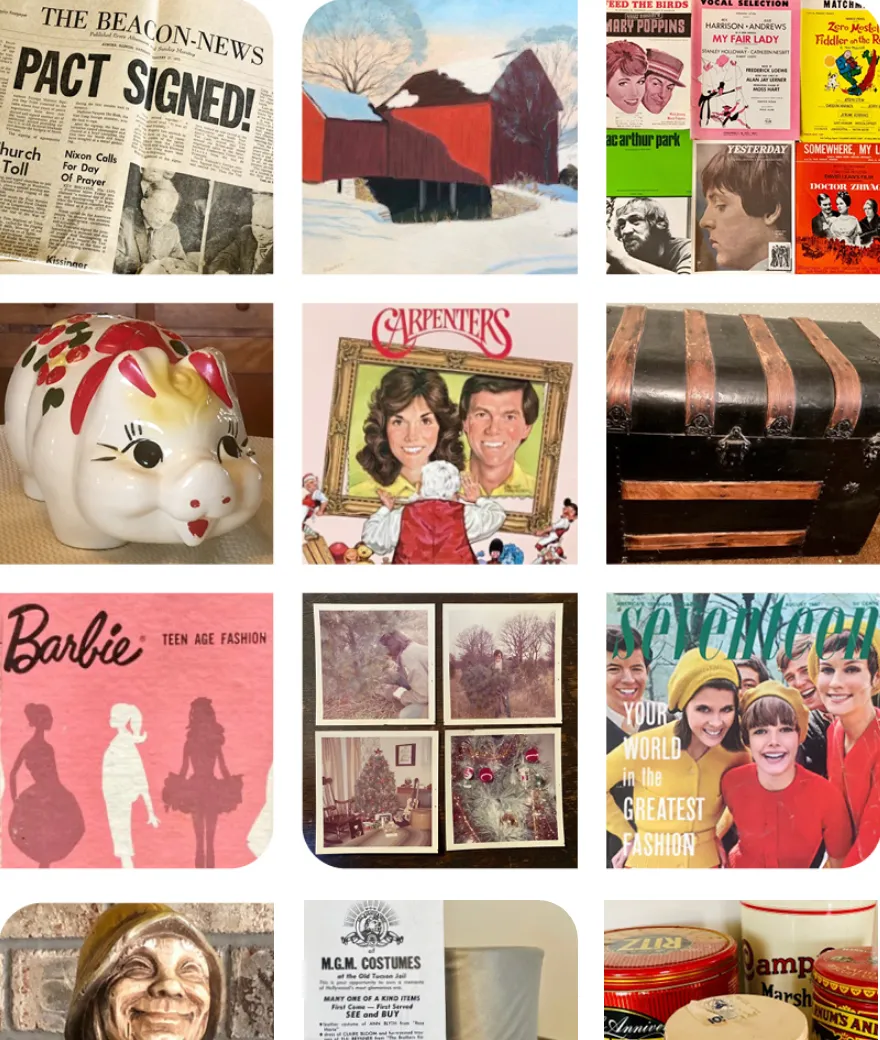

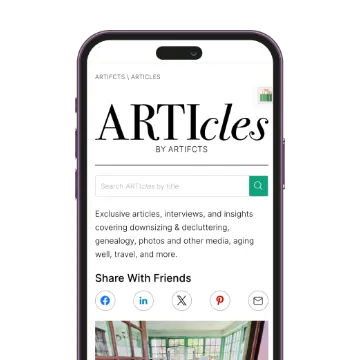



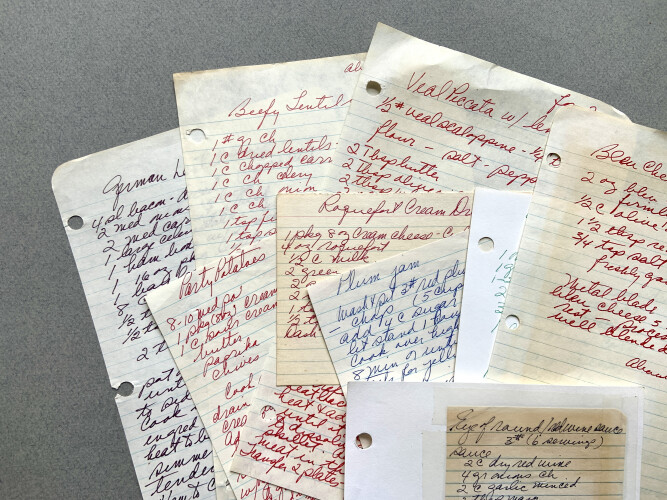
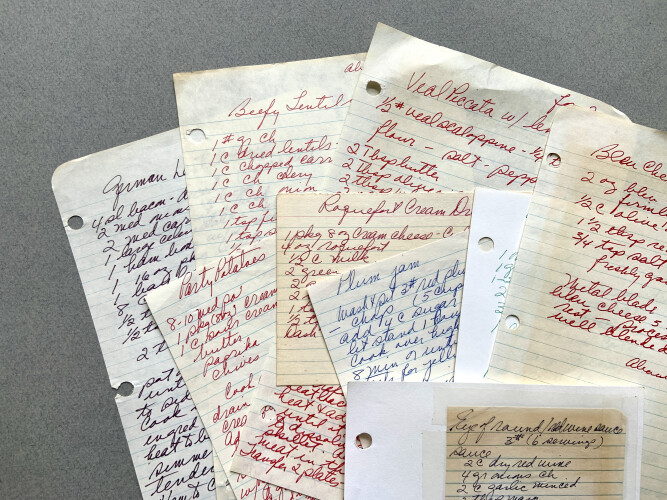

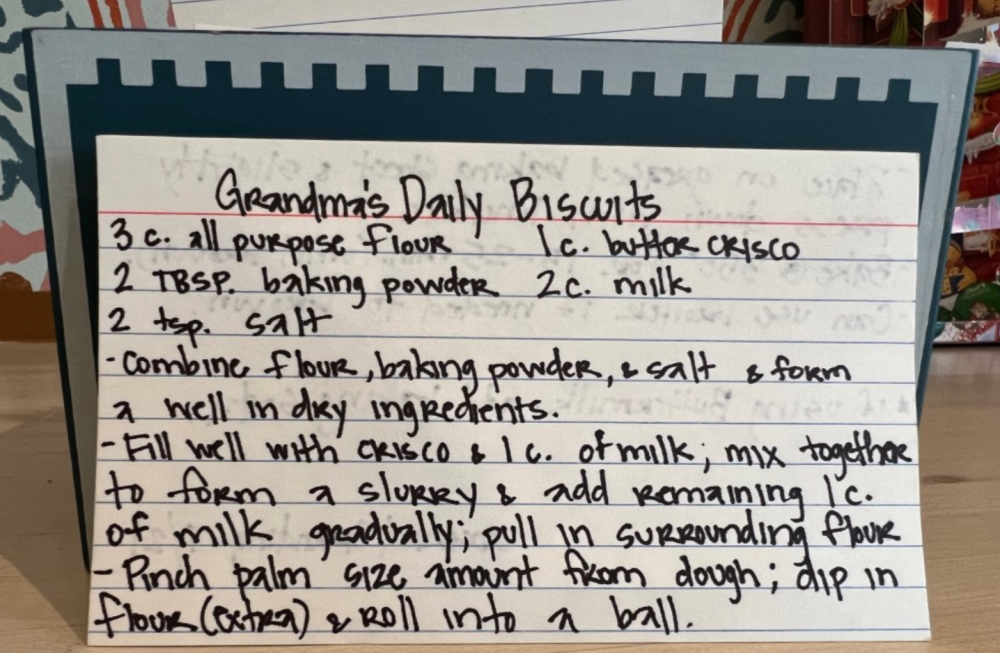 A very memorable Artifct, complete with an instructional video from Grandma herself!
A very memorable Artifct, complete with an instructional video from Grandma herself!



 How many turkey photos does one need?
How many turkey photos does one need? 